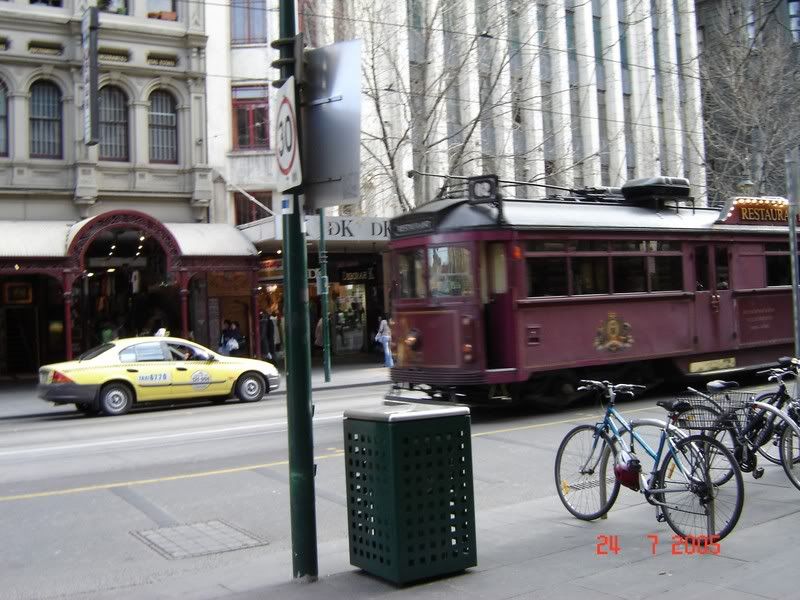While developing TraveLog, I gradually understood why as designers we can only try to observe patters and recreate them to evoke certain desired emotions as it is not possible to design experience. Experiences are ultimately constructed by the user, and most of the time, the intended experience is not necessarily the perceived experience at the end of the day.
Since the perception of a product is based on the individual values of the user and the context of use, perception of user experience is highly subjective. On one hand, we do need analysis to specify some of the requirements for design in terms of perhaps overall functionality, but ultimately when delivering the experience, it would rely more on our own interpretation of the data collected, and that is largely subjective. Through the course of designing TraveLog, I read articles that talked about the scientific aspects of designing, of collecting samples and research data. However, when it came down to creating the ‘flipping mechanism’ for TraveLog’s scrapbook, which is one of our key features, we relied mainly on our instincts, and tried to postulate what users would want to see based on their personas.
 This idea of having a page-flipping movement was liked by users during the three phases of our prototype testing, and this is based largely on our own personal experiences.
This idea of having a page-flipping movement was liked by users during the three phases of our prototype testing, and this is based largely on our own personal experiences.Some limitations of empirical research
In NM2208 we learnt about color theory and visual perception, while this course emphasizes on the users’ aspect of research, on the methodologies of creating the perception of pleasure. One of the key limitations of empirical research such as user interface testing is that at some point, the results must be interpreted for it to be a useful as a design tool – and such interpretations can go easily wrong when interpreted by people without the appropriate design skills. This resonates with my experience when creating TraveLog, when the users kept using the search box to look for specific scrapbooks, rather than the interactive world map we hope they would enjoy using. We thought about discarding the world map idea, since none of the users use it instinctively when asked to perform a task. However, it was only after the second round of testing and observations, where we actually allowed users to explore the site did we realize users do like clicking on the world map. When they were not requested to perform specific tasks.
The key is to not see such empirical user interface testing as a definitive scientific measurement of a website’s effectiveness, but as an additional piece of information that can be used, coupled with one’s own design instincts.
The value of Non-scientific research
Throughout this course, the research we were taught and used are mainly qualitative and subjective. Surprisingly, less-rigorous methodologies are extremely helpful when developing the user experience. Card sorting, paper prototype testing, laddering and interviews, usability testing, and user personas (even the informal kind) can provide important insights and useful tools, even as they are entirely subjective.
Ultimately, research are use to bolster and aid in the design process and not become the entirety of the design, as the designer has to rely on themselves through interpreting the data, and creatively applying the ideas. Knowing why a design failed is just as important as finding out why some design succeeds, and sometimes scientific methodologies can fail in this aspect. For instance, choosing a sample size of mainly university students affects the results for usability testing.
It is here that Christopher Fahey words resonates with my experience in user design, ‘A user can miss everything you put in his path, and call you on it, and the user is never wrong, even if there is nothing more you could have done to help him understand. The user is never wrong because experience is experience, not fact.’















